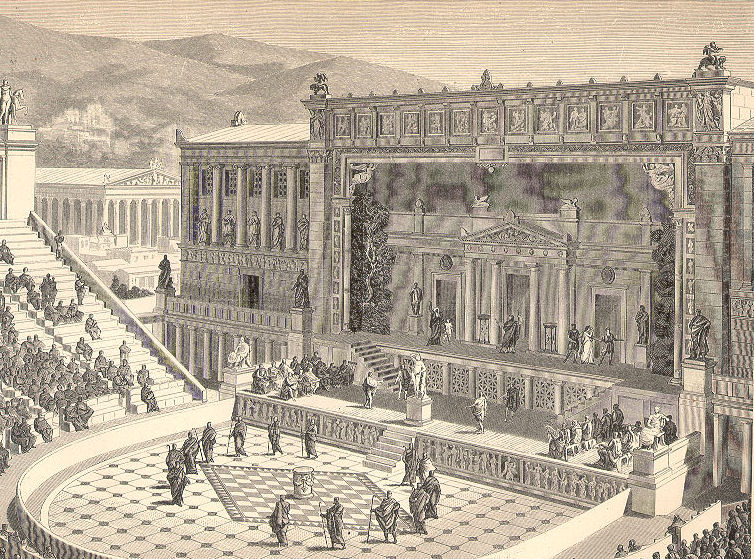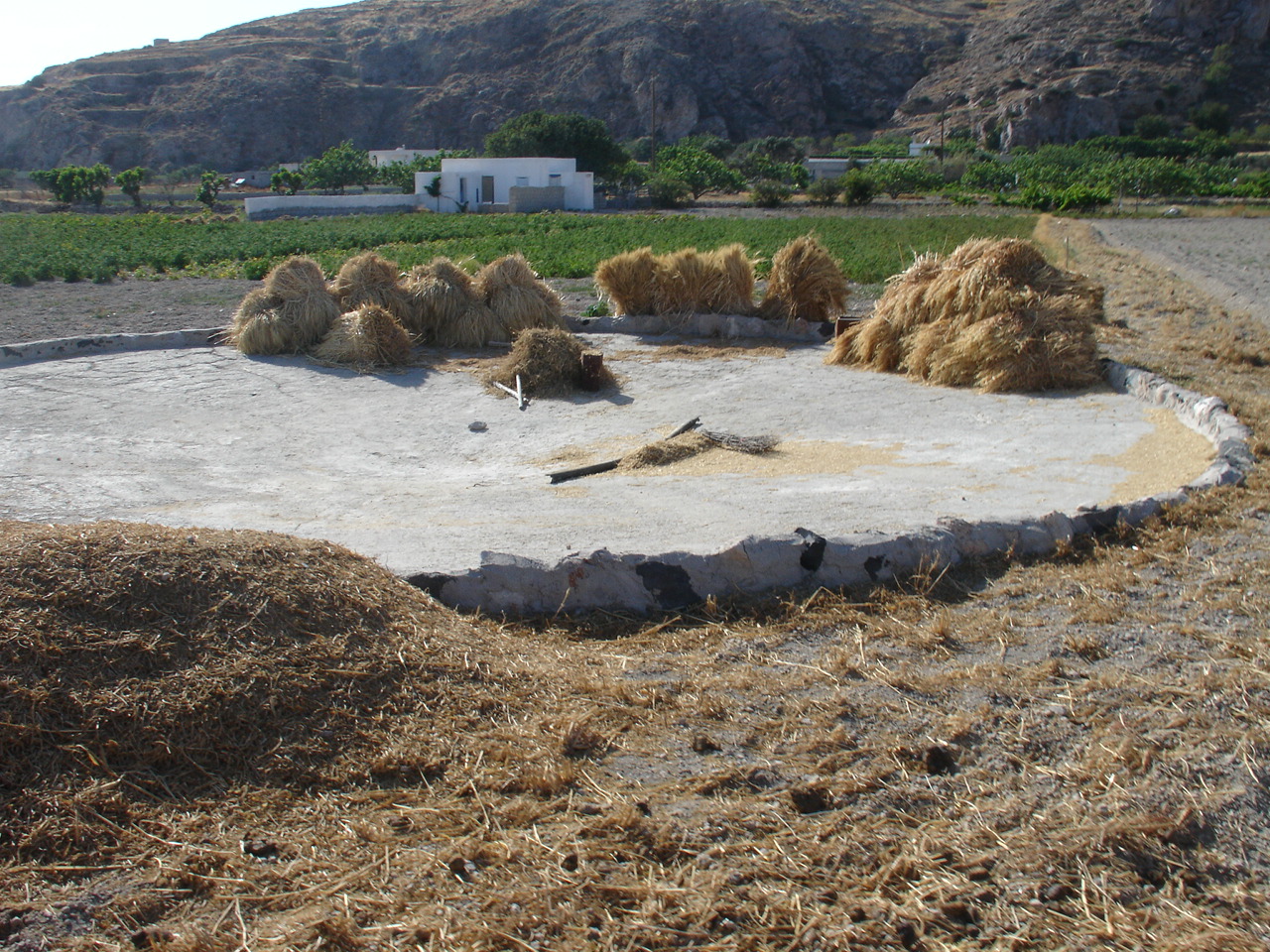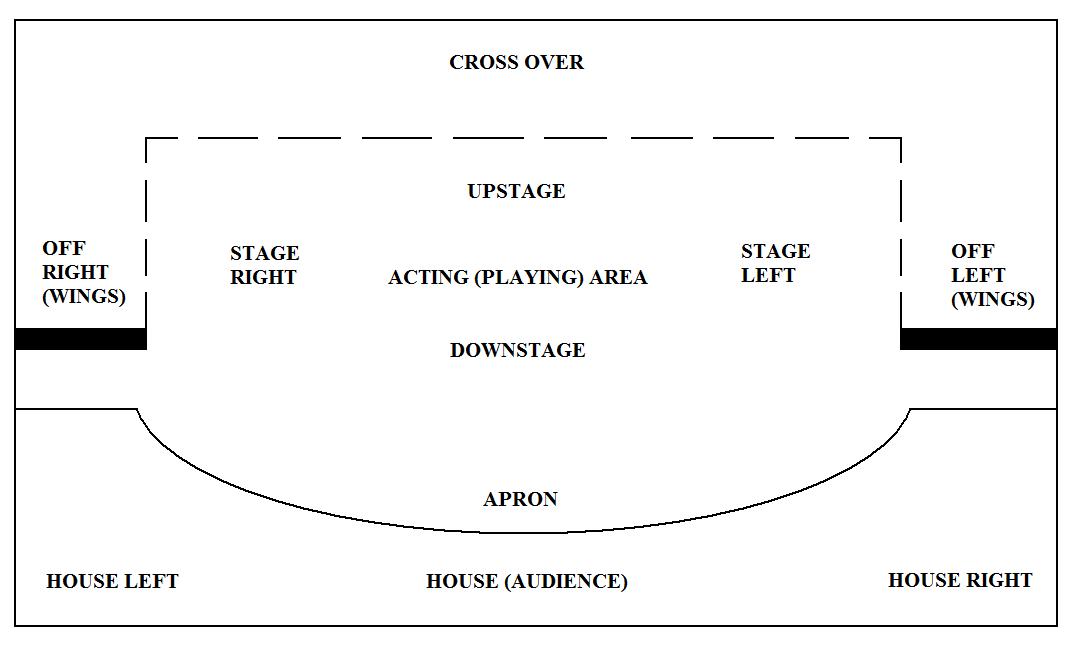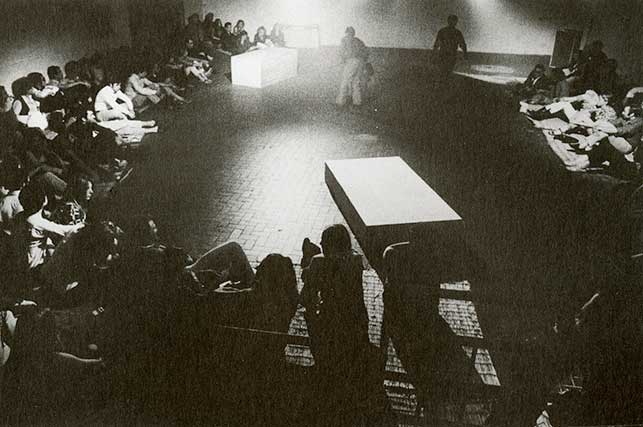Workshop by Joana Chicau
"By embodiment, I mean the ways in which we know and move in the world. I, therefore, understand embodiment as a process, which is important in archival contexts as archives continue to collect and describe records and collections that grow, shift, and may become meaningful over time. Archives, like bodies, are always becoming and unbecoming." Jamie Ann Lee, A Queer/ed Archival Methodology: Archival Bodies as Nomadic Subjects
A workshop open to artists, designers, curators, and anyone curious to explore the notion of cataloguing: the articulations between bodi(es)-time(s)-space(s). The workshop may be seen as a temporary lab to collectively share methodologies and discover modes of structuring new cataloguing possibilities, formats and frictiions.
The outcome of the workshop is a prototype of a new catalogue for the current exhibition. The catalogue as the culmination of cultural bodies; political bodies; poetic bodies; imaginative bodies and the power to evoke other future anatomies to come — opening up the horizon of what a catalogue is; or can be.
The participants are invited to bring their own laptops, and engage with hybrid analogue and digital tools, privileging open source and libre software.
choreography in Greek is spelled χορογραφια from χορός (dance) + γραφια (writing)
- Post Modern Scores & Programming Scripts
- Eshkol-Wachman Movement Notation & Cybernetics
- Choreographic-Coding Resources
- Video Examples and analysis of movement scores & programming scripts = ‘writing spaces’;
Choreographies are socio-cultural constructions, critics to current systems, political positions or dispositions, alternatives to move or counter-move. Each epoch, each place, each culture, each instance of choreography resists and reform previous conceptions of its definition.
As in choreography, computer programming deals with space, time and movement constructs. It has been defining ways of moving collectively or individually, through fluid nonetheless complex landscapes of information displays, networked spaces, and multi-media environments. — Joana Chicau, Choreo-graphic-hypothesis publication
On method = Drawing on practices of notation (making of scores and scripts) interweaved with somatic practices (embodiment and sensory perception) — which will inform archiving practices (gestures of searching, collecting; structuring, publishing and archiving content);
[] round of introductions;
- what is choreography? presentation of research and methodology;
- genealogy of the workshop and context: on open knowledge;
[] embodiment exercises;
[] short break;
[] in groups:
- reflect on the embodiment experience and choreographic concepts previously experienced;
- visit the exhibition and collect images / writings / metadata..;
- make notes: what does your catalogue material consist of?
[] prototyping:
- create a catalogue:
The catalogue as a stage: what are the spatio-temporal conditions?
Choros {khorós means "dance" in the Greek language}: the symbolisation of movement through a combination of word, music, gesture and rhythm; the place interwoven with the arena of the stage and its scene. For the choros requires participation, the relationship with the other and the others, be it objects, chance events, or spatio-temporal conditions, or be it the participants, the onlookers, witnesses and followers together originate the ‘ecology’ of an event in the first place. at 'Choreographic Figures', Dieter Mersch: Figuration/ Defiguration for a dialectic of choreo-graphy.
Ref 01: Wikipedia, Artist rendering of the Theatre of Dionysus.
Ref 02: The term chorostasi denotes "threshing floor", i.e., the place where the threshing of wheat was done, and after the end of harvesting it was clean and empty and hence a natural place for celebration. source
Ref 03: Wikipedia, Stage Layout Plan.
Ref 04: Simone Forti, Platforms (1961). Performed at Danza Volo Musica Dinamite Festival, L’Attico, Rome, 1969.
Ref 05: Trisha Brown, In Plain Site reconceives some of the US choreographer’s most striking short dance pieces in dynamic relationships with the enchanting landscape of Jupiter Artland sculpture park.
-
Define your stage environment: choose a form of written notation that better helps representing your catalogue system. Reflect how your stage is setting conditions:
- on how do your decisions affect the viewer, audience, the spectator or the user?
- activating the roles of the listener or listenership, the readers or readership, the speaker..?
- on how one experience the catalogue through sense making?
- reflect on accessibility, diversity and inclusion;
-
You can enhance the latter by choosing a choreographic viewpoint; see examples below:
- different rhythms: - time lengths; - tempo: smooth/flowing versus very slowly or fast; - repetition; - simultanity or different forms of temporal relationality…
- different spatial relationship: - distances between objects; - one body or element in relation to another, to a group, or to the architecture; - topography: the movement over a landscape, pattern, symmetry versus asymmetry,..
- how do you navigate around it? what gestures are required to encounter the catalogue material? - by order of..; - (non)linearity; random sequence; - zooming in diverse scales; from different angles and perspective, juxtaposition..;
Set variations: you can define variations within your catalogue system; including permanent and non-permanent features.
-
Sketch you catalogue by using a combination of analogue — digital tools; and computer code.
-
Enact the catalogue through the exhibition space: give a tour to other groups;
[] group presentations and discussion
- critical reflections on the methodology, use of tools and collaborate work;
Beyond the fourth wall reflection points:
- the stage as an interface towards knowledge.
- language as interface;
- body as interface;
- interface between the technical and the cultural;
Ref 06: Ivana Müller, Thinking of each other like good friends would, 2008. Dance Theater Workshop, New York. Commissioned for the “Crossing the Line” festival.
Further Resources:
Further References:
“What strategies might archivists consider to expand contextual knowledge about historical matters that might constrain records and bodies of knowledge over time? (...) Projecting the ideas of the fractured subject into the archive, Jacques Derrida wrestles with the changing nature of the archive by looking at what constitutes the driving principle of gathering together: "Consignation (in the archive) aims to coordinate a single corpus, in a system or a synchrony in which all the elements articulate the unity of an ideal configuration. In an archive, there should not be any absolute dissociations, any heterogeneity or secret, which could separate, or partition, in an absolute manner." Jacques Derrida, Archive Fever: A Freudian Impression (Chicago: University of Chicago Press, 1995)
“Through poststructural and postmodern thought, then, the archival body is no longer ‘an ideal configuration.’ It is not stable nor can it perform stability when it holds fractured and fracturing histories. Although fractured, the center does not necessarily cease to be a dominating force.” — Braidotti, Metamorphoses
“To explore the nature of ‘thinking in action’ or thinking-feeling-knowing’ operative within artistic practice, especially produced within collaborative exchange..” — Emma Cocker, et al.
“... an approach to research-creation as a practice of interdisciplinary event design, or to quote the original application, as the practice of creating innovative ‘platforms for organizing and orienting live, collaborative encounters.’” — Erin Manning, et al.
“Archivists who are able to embrace the metamorphoses of process—as opposed to adopting and adapting to the teleological and linear thrust toward static records as the sole outcome of archival productions—might then engage critically and creatively with the dynamic relationships among the archival functions and elements, creators, records, technologies, and structures. Critical engagements will not eliminate archival structures or standards, but might open the archival processes to dynamic methodologies in order to elicit ongoing thought and interrogation into everyday practices.” — Jamie Ann Lee, A Queer/ed Archival Methodology: Archival Bodies as Nomadic Subjects
"The body is an arrangement in spacetime, a patterning, a process; the mind is a process of the body, an organ, doing what organs do: organize. Order, pattern, connect... an immensely flexible technology, or life strategy, which if used with skill and resourcefulness presents each of us with that most fascinating of all serials, The Story of My Life." — Ursula K. Le Guin, Dancing at the Edge of the World: Thoughts on Words, Women, Places
"In this archival sense, a corpus constitutes a “medium,” that is, a form of relational in-betweenness. It is a shared depository and interactive material. Thinking in this hybrid, material way, one can activate relations that are not reducible to a binary logic of opposition between humans and nonhumans and instead implement the flow of intersections, interactions, and transformations that produce the cultural design of the self. After all, thanks also to biotechnologies and techniques of replication, these distinctions are now definitively blurred. The human body itself has become an aggregate of different corpora and data, with mixed organic and inorganic elements. In the end, we are all replicants, equipped with digital memories." (Storage Space)[https://www.e-flux.com/architecture/superhumanity/68650/storage-space/]





